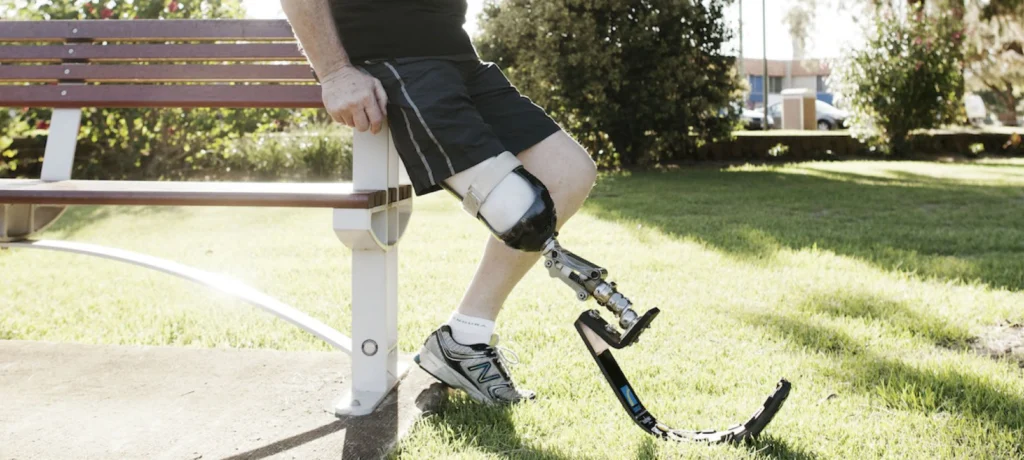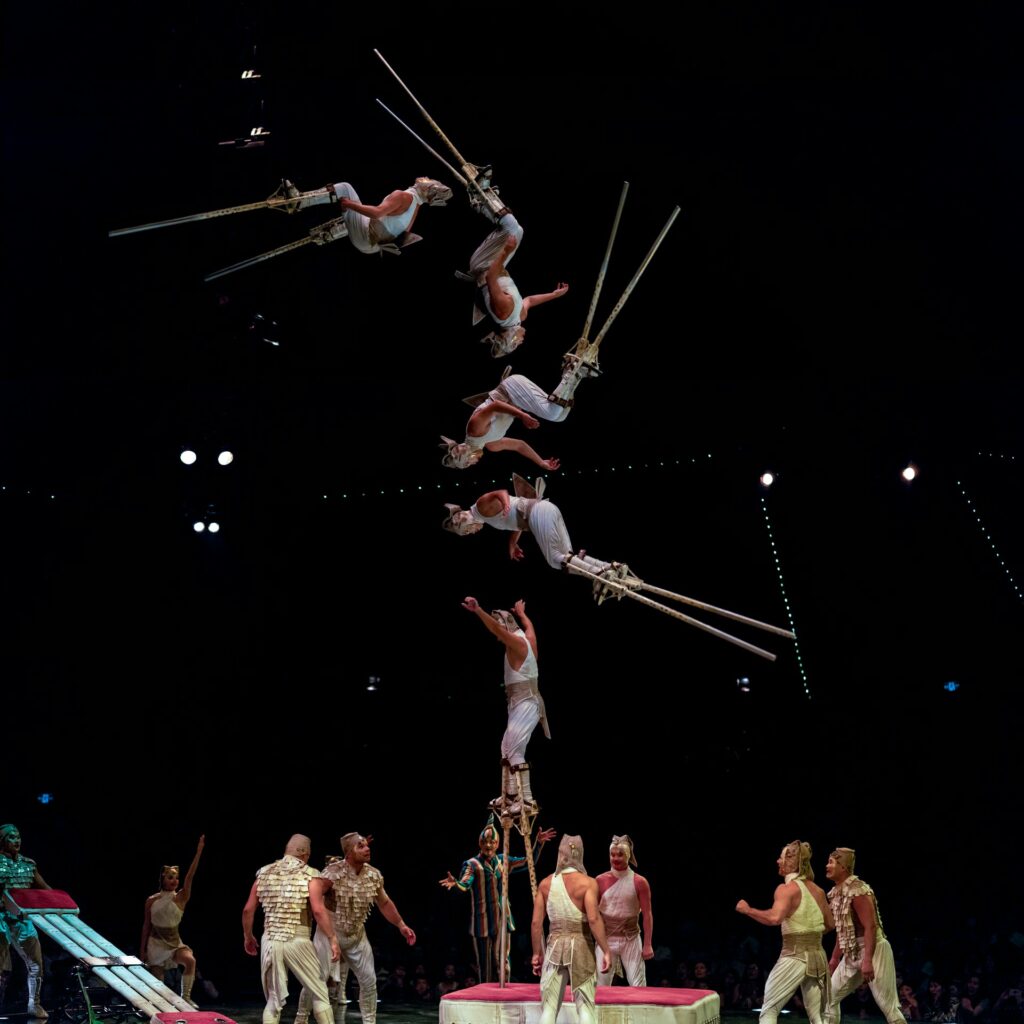Stilt, a simple yet ingenious device, have been utilized for centuries across various cultures worldwide. These slender poles enable individuals to elevate their stature, granting them a unique perspective of the world around them. In this comprehensive guide, we probe into the rich history, diverse applications, and the art of mastering stilts.
The Origins of Stilts
Stilts trace their origins back to ancient civilizations, with evidence suggesting their use in early Egyptian and Greek societies. Initially employed for practical purposes such as traversing marshy terrains or working in flooded fields, stilts gradually evolved into tools for entertainment, performance, and even sport.
Cultural Significance
Throughout history, stilts have held significant cultural relevance. In regions like Southeast Asia, stilt walking has been integrated into traditional rituals and festivities, symbolizing grace, agility, and spiritual elevation. Similarly, indigenous communities in North America incorporate stilts into ceremonial dances, celebrating their connection to nature and ancestral spirits.
The Anatomy of Stilts
Stilts typically consist of two main components: the stilt itself and foot platforms. The stilt, often constructed from wood or metal, provides the primary support structure, while the foot platforms offer stability and control. Modern advancements have led to the development of adjustable stilts, catering to individuals of varying heights and skill levels.
The Science Behind Stilt Construction and Design
Delving into the realm of engineering and design, the construction of stilts encompasses a blend of functionality, durability, and ergonomics. Modern-day stilts often feature lightweight materials, such as aluminum or carbon fiber, ensuring optimal balance and maneuverability for the user. Furthermore, advancements in ergonomic design have led to adjustable height settings and cushioned support systems, enhancing both comfort and safety during prolonged usage. By combining traditional craftsmanship with contemporary innovation, stilt manufacturers continue to refine their designs, catering to a diverse range of users and purposes.
Applications of Stilts
Entertainment and Performance
Stilt walking has become a popular form of entertainment, captivating audiences with its awe-inspiring displays of balance and agility. Performers, adorned in elaborate costumes, gracefully navigate various terrains, captivating spectators with their larger-than-life presence. From circus acts to street performances, stilts add a touch of magic and wonder to any event.
Rehabilitation and Therapy
In the realm of rehabilitation and therapy, stilts serve as valuable tools for improving balance, coordination, and strength. Physical therapists utilize stilt walking as a means of rehabilitation for individuals recovering from injuries or surgeries, promoting muscle development and proprioceptive awareness.

Sports and Recreation
Stilt sports have gained traction in recent years, offering enthusiasts a unique blend of athleticism and excitement. Events such as stilt racing and stilt basketball challenge participants to push the limits of their physical abilities, fostering camaraderie and friendly competition within communities.
The Health Benefits of Stilt Walking
Beyond its recreational and entertainment value, stilt walking offers a myriad of health benefits, making it an appealing form of exercise and rehabilitation. Engaging in stilt walking promotes improved balance, coordination, and core strength, thereby enhancing overall physical fitness and agility. Additionally, stilt walking serves as a low-impact exercise, reducing strain on joints and muscles while providing an effective cardiovascular workout. Moreover, the therapeutic benefits of stilt walking extend to rehabilitation settings, aiding individuals in recovering from injuries or surgeries by enhancing mobility and proprioception.
Mastering the Art of Stilt Walking
Basic Techniques
Balancing Act
Achieving balance is paramount when mastering stilt walking. Beginners should focus on maintaining a straight posture, with arms outstretched for stability. Gradually shifting weight from one foot to the other allows for controlled movement and fluid transitions.
Controlled Steps
Taking deliberate, measured steps is essential to navigating the terrain with confidence. Keep strides short and controlled, focusing on maintaining a steady rhythm to prevent wobbling or stumbling. Practice walking on flat surfaces before progressing to uneven terrain or obstacles.
Learning New Moves
To enhance your stilt walking skills, focus on mastering basic mechanics like balancing on one foot, crouching down, pivoting, jumping, and stepping sideways or backward. These skills serve as building blocks for more advanced tricks and performances

Advanced Maneuvers
Turns and Pivots
Mastering turns and pivots adds versatility to stilt walking, allowing performers to navigate tight spaces with ease. To execute a turn, shift weight in the desired direction while maintaining a firm grip on the stilts. Practice turning in both directions to develop balanced coordination.
Heightened Acrobatics
For those seeking an added challenge, incorporating acrobatic maneuvers elevates stilt walking to new heights. From graceful spins to daring jumps, advanced practitioners push the boundaries of possibility, mesmerizing audiences with their aerial feats.
Popular stilt walking performances
Some popular stilt walking performances include:
- Flower Stilt Walkers: These vibrant performers bring sophistication and grace to events, bedecked in rich greens and blues, perfect for welcoming the spring season.
- Tropical Bird Stilt Walkers: colorful birds that add a fantastic array of colors to events, creating a memorable and eye-catching experience for guests.
- Circus Stilt Walkers: Dazzling performers embodying the weird and wacky personas of the circus, promising a fun-filled time for all attendees.
- The Blossoms: Adorned with hand-crafted material flowers, these stilt walkers parade around events, interacting with guests, captivating everyone with their stunning costumes.
- Family Trees: A group of living trees stunningly costumed to create an eco-themed experience, adding a touch of whimsy and magic to any event.
These performances offer a diverse range of entertainment options, from colorful and vibrant characters to eco-themed experiences, ensuring a memorable and engaging atmosphere for all attendees.
Safety tips for stilt walking performances
Some safety tips for stilt walking performances include:
- Choose a Safe Location: Always select a safe place away from obstacles for stilt walking to avoid accidents.
- Wear Protective Gear: Don’t forget to wear protective headgear, knee pads, and other padding to minimize the risk of injury.
- Inspect Equipment: Before each use, examine your stilts for any signs of wear or damage to ensure they are strong and secure.
- Proper Padding: Use high-quality padding like BMX or rollerblading pads for knees, elbows, and wrists to enhance safety while stilt walking.
- Vigilance and Maintenance: Regularly check your equipment for any loose parts, especially the shoe attachments, and ensure everything is properly secured before walking.
- Have a Ground Person: When in public places, always have someone on the ground to assist and ensure safety during stilt walking performances.
- Learn to Fall Properly: Practice falling correctly by falling to your knees and laying your torso back to lessen the impact. Tucking and rolling over backward is also a useful technique to prevent injuries.
These safety tips are crucial for stilt walkers to follow to minimize risks and ensure a safe and enjoyable performance.
Some common injuries associated with stilt walking include
- Trips and Slips: Trips caused by objects like cardboard boxes, carpet edges, extension cords, and loose wires can lead to falls, while slips from metal debris, wet finishing compounds, and other materials can also result in injuries.
- Poor Stilt Maintenance: Injuries can occur due to broken or loose straps, wing nuts falling out of stilts, broken springs, and leg brackets that are not well maintained.
- Overexertion: Stilt walking places stress on the knees, legs, hips, and back, leading to musculoskeletal injuries from the inherent strains stilts impose on the body.
- Loss of Balance: Loss of balance while on stilts can result in falling to the ground or hitting one’s head on fixtures like door jambs or sprinklers.
- Bending Over: Bending over to pick up items like mud buckets or getting through doors can also lead to injuries while stilt walking.
These injuries highlight the importance of proper maintenance, training, and awareness of hazards to prevent accidents and ensure safety during stilt walking performances.
Frequently Asked Questions
What are the benefits of stilt walking?
Stilt walking offers numerous benefits, including improved balance, coordination, and proprioception. It also provides a unique form of exercise that engages various muscle groups, promoting physical fitness and agility.
Are stilts safe for children to use?
While stilts can be safe for children under proper supervision and with appropriate training, it’s essential to prioritize safety precautions. Children should start with low-height stilts and wear protective gear such as helmets and knee pads. Additionally, they should practice in a safe, open area free from hazards.
How do I choose the right stilts for my height?
When selecting stilts, it’s crucial to consider your height and skill level. Adjustable stilts are available to accommodate different heights, allowing for a customized fit. Ensure that the stilts provide adequate support and stability while allowing for comfortable movement.
Can stilt walking help with rehabilitation after an injury?
Stilt walking can be a beneficial form of rehabilitation for certain injuries, particularly those involving the lower extremities. It promotes muscle strength, balance, and proprioceptive awareness, aiding in the recovery process. However, individuals should consult with a healthcare professional before incorporating stilt walking into their rehabilitation program to ensure it’s appropriate for their specific condition.
Conclusion
Stilts, steeped in history and cultural significance, continue to captivate and inspire individuals worldwide. Whether as a form of entertainment, rehabilitation tool, or sporting endeavor, the art of stilt walking offers a unique blend of physical prowess and artistic expression. With dedication, practice, and a sense of adventure, mastering the art of stilts opens doors to boundless opportunities for creativity and self-discovery.

